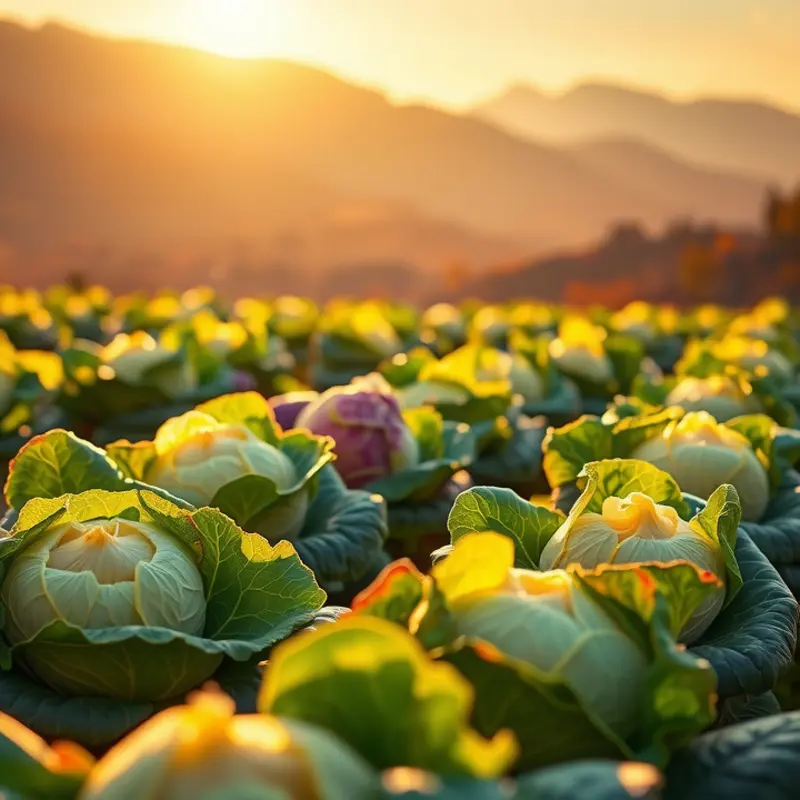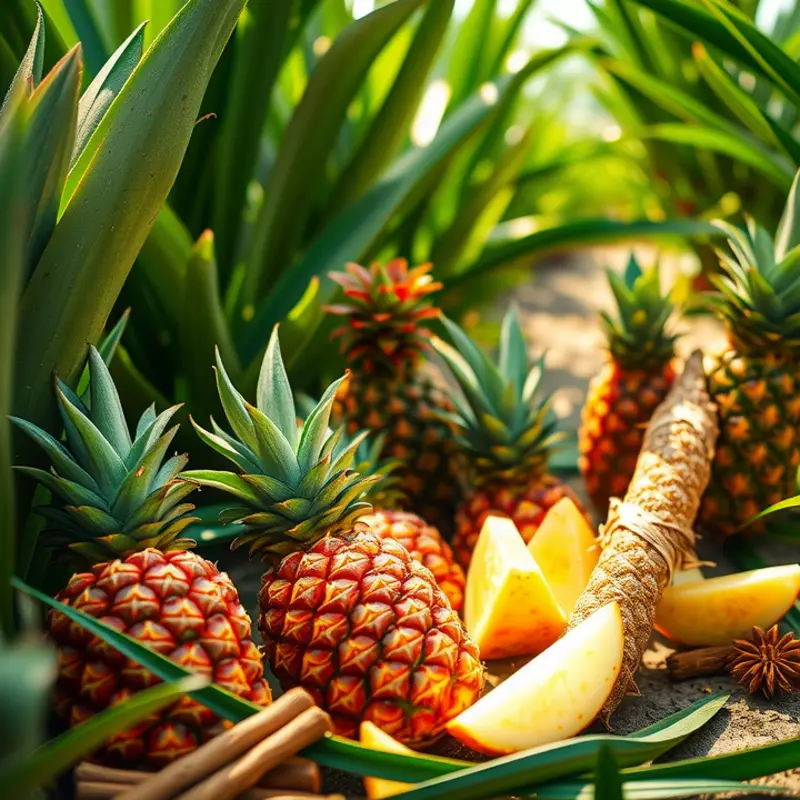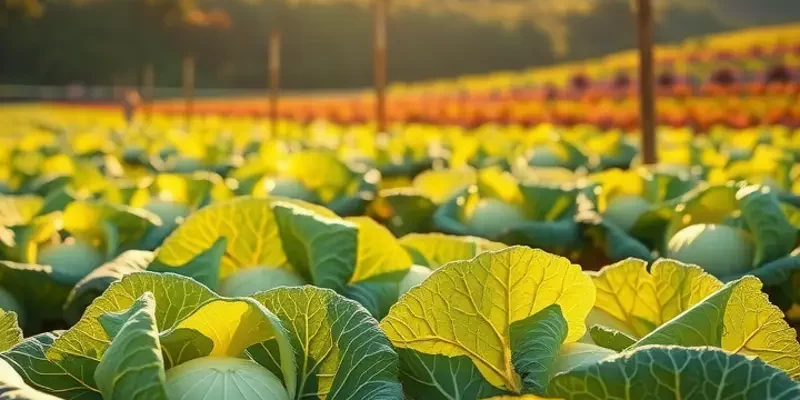Fermentation is an age-old technique that not only preserves food but also enhances its flavors and nutritional benefits. Across the globe, cultures have honed their unique fermentation traditions, resulting in an incredible diversity of flavors, textures, and practices. From the tangy taste of kimchi in Korea to the refreshing fizziness of tepache in Mexico, these methods reflect deep-rooted culinary heritages and innovations. Join us on a flavorful journey to discover some of the most unique fermentation traditions worldwide.
Korean Kimchi: A Spicy Legacy

Kimchi represents more than just a staple side dish in Korean cuisine; it embodies a vibrant legacy of fermentation that dates back to ancient times. Its history is deeply woven into the fabric of Korean culture, tracing back thousands of years when pickling vegetables was essential for preserving food through harsh winters. Each bite is a testament to tradition, a mingling of flavors and historical storytelling.
Historically, kimchi was a necessity, allowing people to store vegetables before the advent of refrigeration. Over time, it has transformed into a symbol of Korean identity. Traditionally, kimchi-making, or ‘Kimjang,’ was a communal activity, with families and communities gathering to prepare large quantities for the winter. This practice was recognized by UNESCO in 2013 as an Intangible Cultural Heritage.
The cultural significance of kimchi is profound, representing family ties, community bonding, and seasonal rhythms. It is described as much more than a food item; it acts as a link connecting present and past generations. The fermentation process not only encompasses a culinary art but also highlights the transformative power of time.
Kimchi is renowned for its diverse flavors, which can vary markedly by region and ingredient choice. The fiery napa cabbage is perhaps the most common variety known globally, celebrated for its robust spice and complexity of flavors imparted by ingredients such as chili pepper, garlic, ginger, and fish sauce. Regions in Korea offer their own interpretations, creating unique tasting experiences.
In the colder northern regions, kimchi tends to be milder and less salty, incorporating ingredients like pear or apple to add a hint of sweetness. Meanwhile, southern varieties often boast a bolder, spicier profile, enhanced by a generous use of red pepper flakes and fermented seafood, providing a deeper umami taste.
Beyond napa cabbage, other popular types include otsukimi or cucumber kimchi, which offers a lighter, crisper alternative perfect for summer months. Its subtle spice, combined with the refreshing crunch of cucumber, balances flavors that accompany a main dish beautifully.
Contemporary Kimchi has evolved, embracing modern adaptations while retaining its historical essence. Chefs around the world are experimenting with unexpected ingredients, such as mango or beetroot, pushing the boundaries of this traditional dish. These adaptations represent a creative fusion, reflecting global culinary influences and an open palate for exploration.
Despite these innovations, traditional practices hold firm, with countless homes still embracing family recipes passed down through generations. Kimchi continues to thrive in both household kitchens and upscale restaurants, showcasing its versatility.
For those interested in creating their own kimchi masterpiece, it’s crucial to balance the bold flavors while considering spice tolerance. Never underestimate the transformative power of fermentation, which enhances its nutritional profile with probiotics. For those interested in exploring additional sources of probiotics beyond traditional ingredients, consider looking into non-dairy probiotics.
Ultimately, kimchi’s endurance is a testament to its cultural importance and its ability to adapt while remaining a quintessential part of Korean culinary art. As it continues to evolve, its spicy legacy promises to influence palates and kitchen tables worldwide for generations to come.
Mexican Tepache: A Sweet and Spicy Refreshment

Tepache, an emblem of Mexican cultural vibrancy, invites us into a world where simplicity meets tradition. This effervescent drink, created from pineapple rinds, sugar, and a hint of spice, is a celebration of resourceful culinary practices passed down through generations. Its role in Mexican festivities is as crucial as it is convivial, offering a refreshing beverage perfect for a sunny afternoon.
The fermentation of tepache is an art form in itself. It begins with the collection of pineapple rinds, the valued scraps usually destined for waste, which once again find purpose in this unique brew. Combined with piloncillo, a type of unrefined cane sugar known for its deep molasses flavor, and a smattering of spices—often including cinnamon and cloves—the mixture is left to ferment for a few days. During this time, natural yeasts work their magic, transforming sugars into a slightly tangy, mildly alcoholic beverage, typically containing about 2% alcohol by volume.
Regional variations add further depth to tepache’s flavor profile. In coastal regions, the addition of citrus fruits like orange or lime accentuate its refreshing qualities, while in other areas, cloves and allspice bring warmth to the mix. The depth of flavors can be as diverse as the regions and families who make it, with each batch offering a new interpretation of this classic drink.
Tepache’s cultural significance extends beyond its taste. It’s a beverage that embodies a communal spirit. Whether shared among friends and family during a weekend cookout or as part of a vibrant fiesta, tepache fosters connections through shared tradition. It stands as a testament to the ingenuity of using locally available, often overlooked ingredients to create something truly delightful.
For those eager to experience tepache firsthand, crafting this drink at home is an approachable venture. Start with a ripe pineapple, ensuring the rinds are clean and free from dirt. Slice the rinds and submerge them in water with piloncillo and your choice of spices. Allow this mixture to ferment at room temperature for two to three days, depending on your preferred sweetness and tanginess. Once ready, strain the solids and chill your tepache. For a fizzy touch, an additional fermentation period in bottles will introduce carbonation naturally.
Not only does making tepache offer a taste of Mexican tradition, but it also aligns with eco-friendly practices by repurposing food scraps—a concept explored further in eco-smart kitchen storage. This connection highlights the broader food culture that values sustainability.
In embracing the world of tepache, we savor not just its delightful effervescence but also the rich stories embedded within its creation, celebrating the fusion of flavors and culture from this vibrant corner of the globe.
Final words
Fermentation is not just a technique but a celebration of cultural heritage and innovation. Each tradition reflects the identity of its people and their relationship with food. From the spicy, funky flavors of kimchi that say so much about Korea’s history to the sweet, tangy notes of tepache that narrate Mexico’s vibrant social life, these unique fermentation practices invite us to appreciate food in all its forms. With each bite or sip, you partake in centuries-old stories and traditions that nourish both the body and the spirit. Embrace these flavors, and consider trying your hand at crafting these delicious fermented delights at home.








